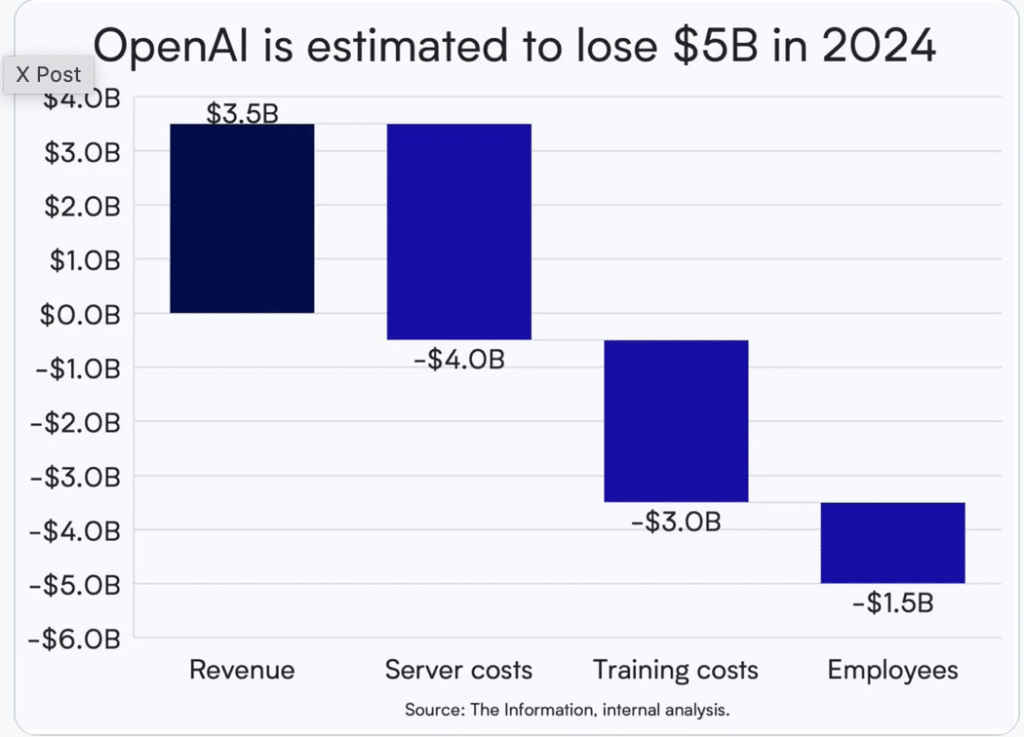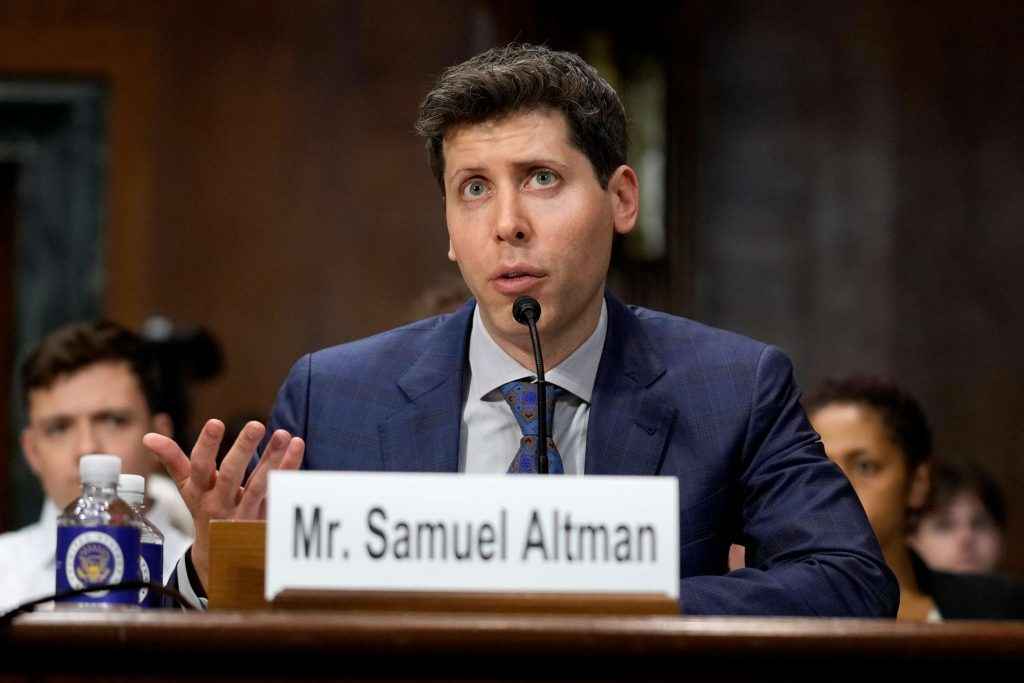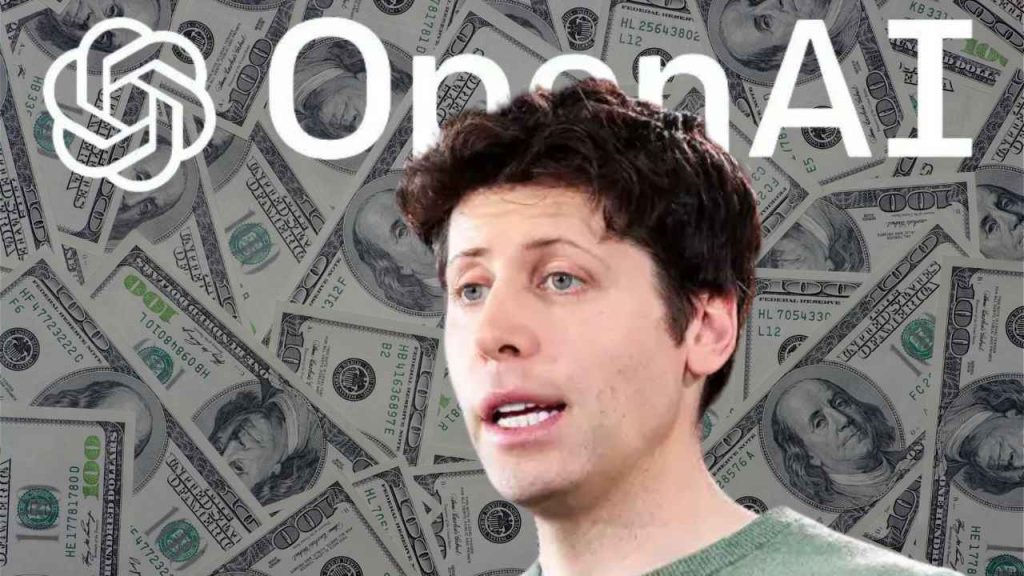OpenAI, the company behind ChatGPT, is not just changing the way we interact with technology, but it’s printing money while doing it. As of July 2025, the company is now pulling in revenue at an annualized run rate of $12 billion, a figure that has doubled in just seven months. That breaks down to $1 billion a month, or an eye-watering $23,000 every single minute.
Even more staggering is OpenAI’s user base. With over 700 million weekly active users, ChatGPT has become one of the fastest-growing digital products in history, faster than TikTok, faster than Instagram, faster than Netflix in its prime.
And while these numbers sound like the stuff of Silicon Valley fantasy, OpenAI’s growth is very real. Its Copilot integrations in Microsoft Office, its enterprise deals with Fortune 500s, and its viral consumer-facing AI tools (like ChatGPT and Sora) are all driving serious business.
But behind the glamour of $23,000-a-minute success lies a complex equation of scale, risk, and relentless ambition.
Also read: Microsoft joins NVIDIA with $4 trillion market cap: Thanks to Copilot AI and more
Growth without profit


Here’s the catch: OpenAI isn’t profitable. Far from it. In 2024, it burned through nearly $5 billion, and internal estimates suggest it could lose up to $8 billion in 2025. Why? Because training and operating large AI models costs an astronomical amount in compute power, talent, and infrastructure.
Massive data centers, custom chips, global R&D teams, and increasingly demanding user expectations, all of it adds up. For now, OpenAI is subsidizing that burn with help from Microsoft (its biggest investor and infrastructure partner) and the venture capital lifeblood of Silicon Valley.
But make no mistake, OpenAI is betting big: that its current dominance will eventually pay off in long-term control over the future of human–AI interaction.
Sam Altman: The AI architect
At the heart of OpenAI’s rise is Sam Altman, the 39-year-old co-founder and CEO who’s been called everything from a visionary to a digital messiah to a modern-day Oppenheimer.
Also read: Study mode in ChatGPT explained: How students can use AI more effectively
Altman has always been ambitious. As the former president of Y Combinator, he helped launch companies like Airbnb, Stripe, and Reddit into the stratosphere. But with OpenAI, he’s playing a longer, riskier game, one that combines tech, geopolitics, philosophy, and money on a scale few others have ever attempted.
Altman’s vision is that artificial general intelligence (AGI) is very possible and that OpenAI must guide its development safely and profitably. His leadership has helped OpenAI strike billion-dollar deals, court government regulators, and simultaneously champion both open research and closed commercial models.


And despite controversies from his brief ouster and dramatic return in 2023, to tensions with researchers over transparency, Altman remains firmly in control of what could become the most powerful tech entity of the century.
He’s also become something of a global AI diplomat, fielding questions from Congress, the EU, and global institutions, all while balancing the pressures of innovation and safety.
What is up ahead
For now, OpenAI’s pace shows no signs of slowing. The company is investing in new chips, enterprise-scale products, real-time agents, and even robotics. It’s building a future in which AI isn’t just a tool, it’s a co-pilot, a collaborator, and possibly a creator.
But challenges remain. Regulators are circling. Competitors like Anthropic and Google DeepMind are catching up. And the public is increasingly concerned about privacy, deepfakes, and misinformation. Still, OpenAI is doing something few startups ever manage: scaling at the speed of belief.
So yes, OpenAI is “crazy rich.” But the real question isn’t how much it earns today. It’s how much of the future it will own tomorrow.
Also read: Microsoft Edge’s Copilot Mode explained: Experimental feature with AI agent

